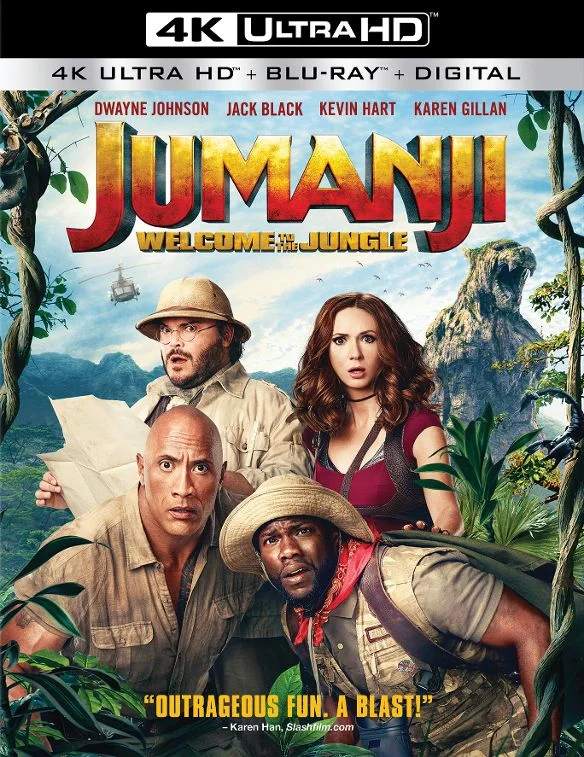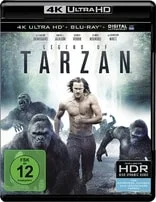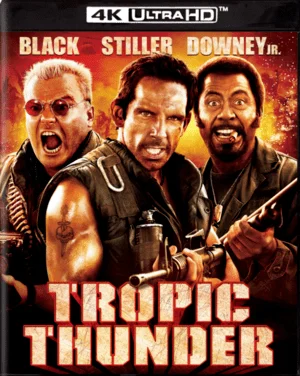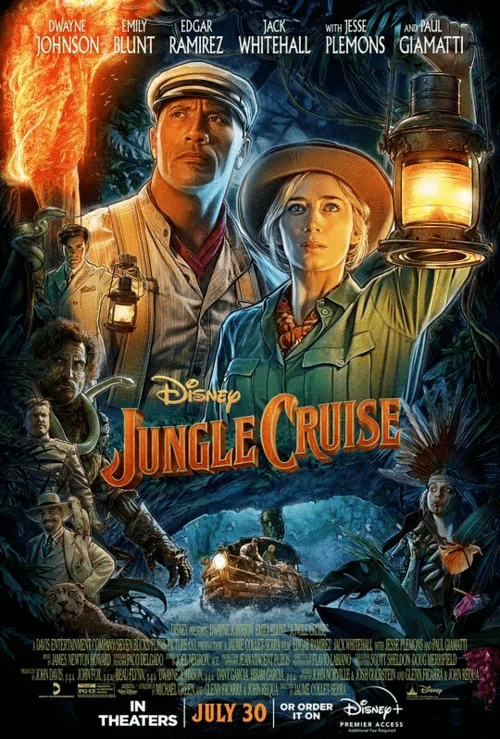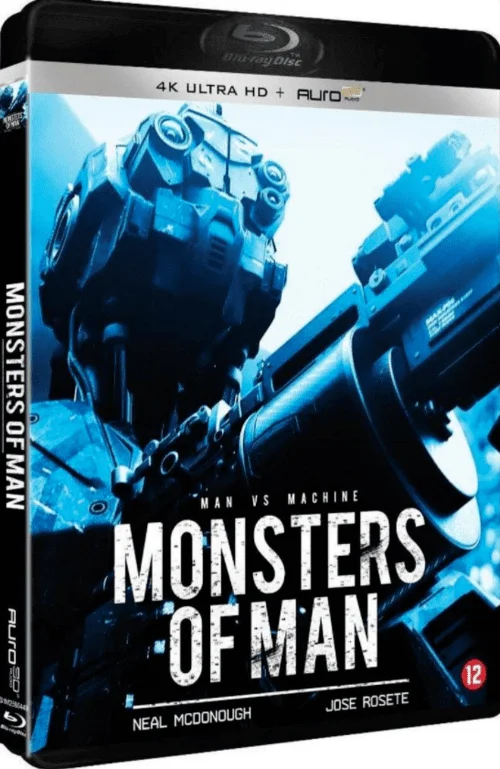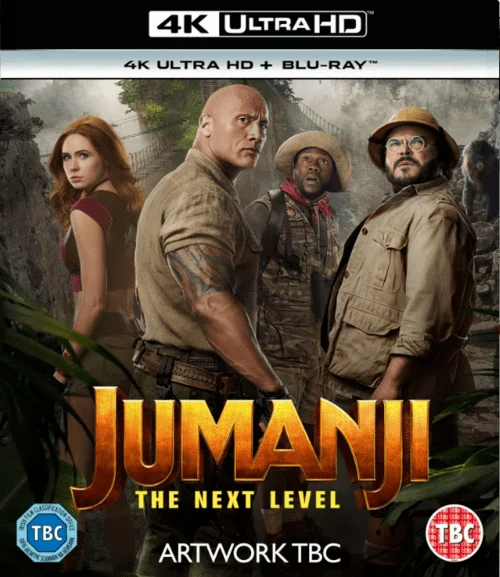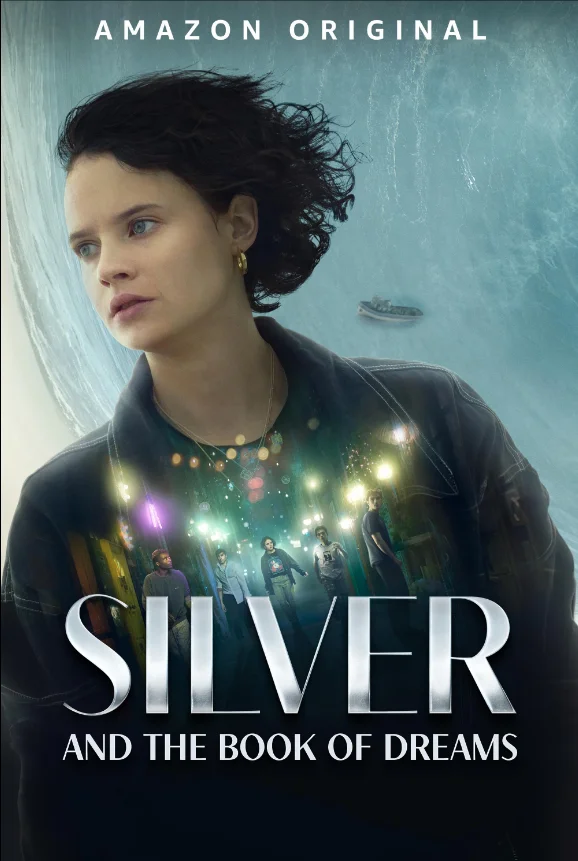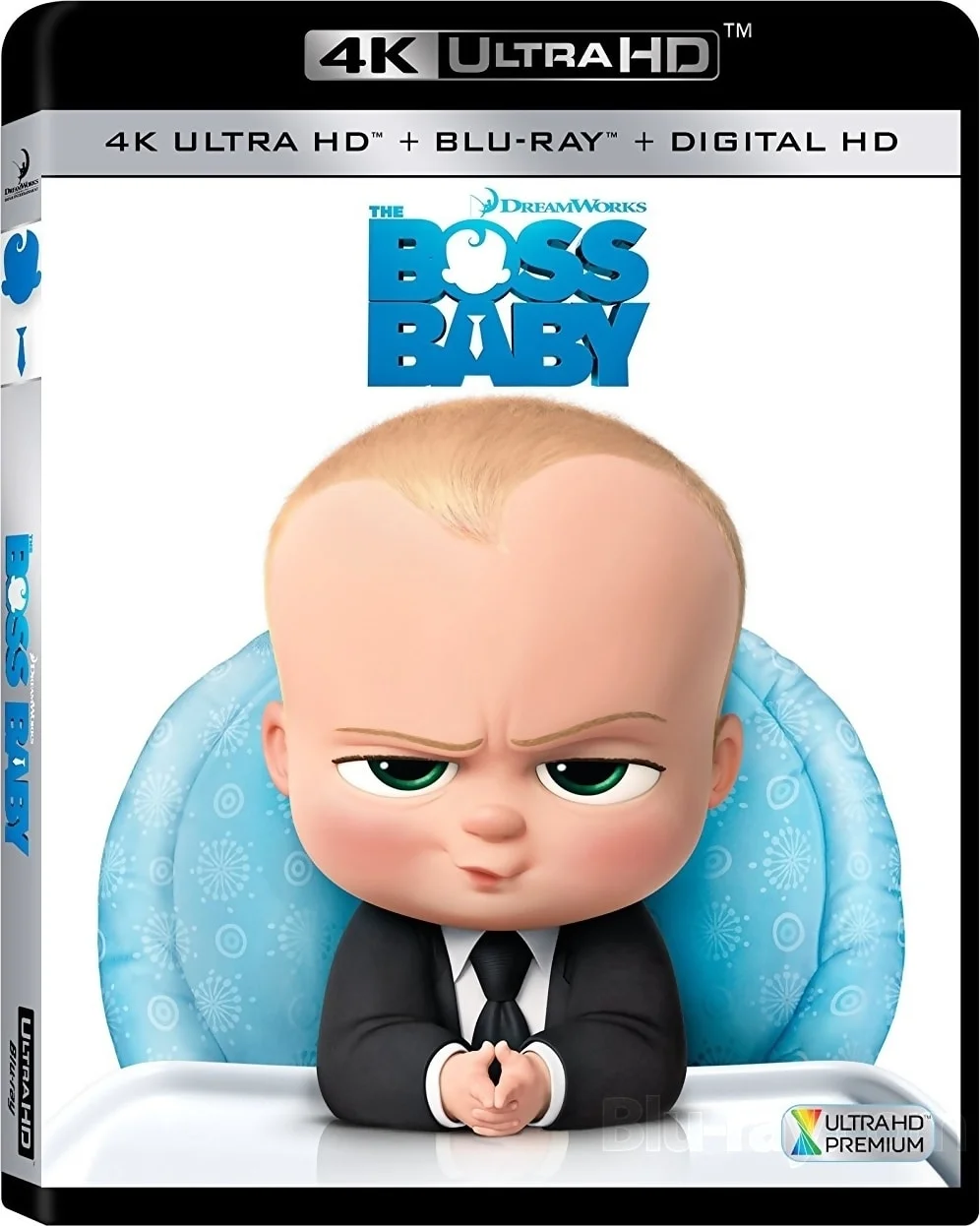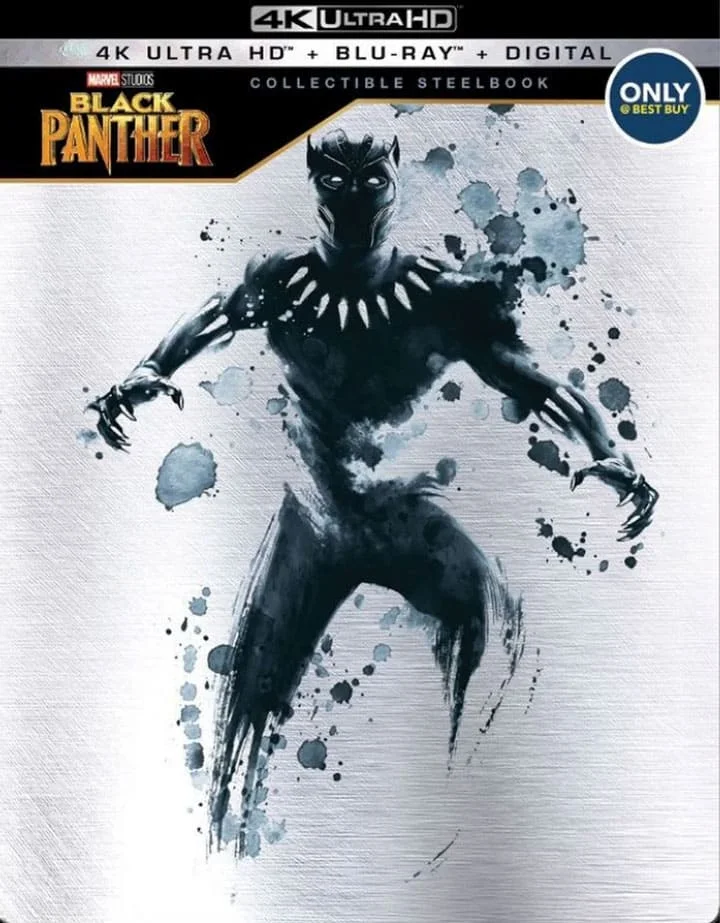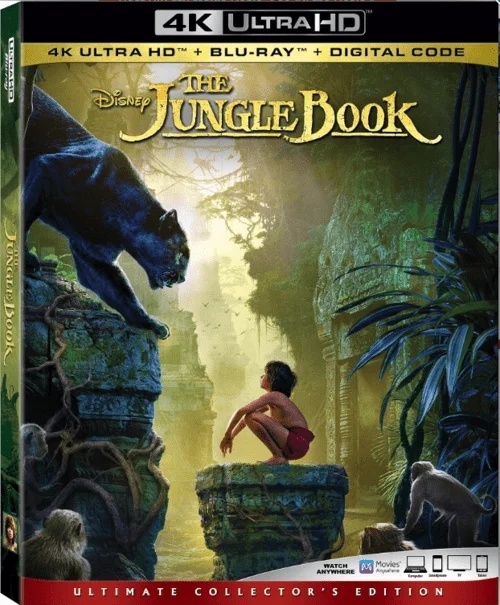
The Jungle Book 4K 2016 Ultra HD 2160p
Cast: Neel Sethi, Bill Murray, Ben Kingsley, Idris Elba, Lupita Nyong'o, Scarlett Johansson, Giancarlo Esposito, Christopher Walken, Garry Shandling, Brighton Rose, Emjay Anthony, Max Favreau, Chloe Hechter, Asher Blinkoff, Knox Gagnon.

The Jungle Book 4K - Mowgli is raised by wolves led by the majestic Akela. When the boy’s life begins to threaten Sherkhan, Mowgli decides to leave the pack, leave his home and go on a trip. The child is accompanied by the Balu bear and the Bagher panther, and on the way he is waiting for the kaa snake and the king king monkey.
The Jungle Book 4K Review
Panther Bagheera finds a human baby in the jungle, calls him Mowgli and passes it on to the education of wolves. Years later, the tiger Sherkhan, who killed the baby's father, finds out about the existence of the child. The powerful predator announces publicly that he will deal with Mowgli (Neil Seti), no matter who tries to protect him. While the wolves argue whether the boy deserves protection, Mowgli decides to save the "tribesmen" from the war. He escapes from the pack and tries to return to the village of people where he was born.
Rudyard Kipling’s “Jungle Book” has been screened more than once, but out of all her film and television versions, only two deserve close attention - the Disney cartoon of the same name in 1967 and the Soviet mini-series “Mowgli” that began to appear in the same year, in 1973 assembled in a full-length animated film. While the Disney version is stronger graphically and technically, the Soviet film adaptation more precisely follows Kipling's text and conveys the heroic pathos of the original much better. Therefore, it would be great if someone bothered to combine the best of what was in these tapes and show the world an impeccable “Mowgli”.
Unfortunately, this person cannot be a director on a contract with Walt Disney Studios. Disney people are zealous of their heritage, and it’s hard to imagine that, having looked at the Soviet “Mowgli”, they said: “Oh! Russian film adaptors have a lot to learn! ” The Disney Book of the Jungle has been making money for half a century, and it would be ridiculous to reinvent the wheel, emphasizing that all this time the Americans enjoyed the “wrong” interpretation of the classic fairy tale. In addition, “The Jungle Book” was the last cartoon to which Walt Disney managed to personally have a hand, and this in itself is a serious reason not to cross out the 1967 vision with a fundamentally new interpretation. Disney is dead, but Mowgli lives on!
Therefore, there is nothing strange in the fact that the new Disney Book of the Jungle, by and large, follows the 1967 version, and does not draw inspiration from the Soviet film adaptation or Kipling's text. The studio’s masters once decided that Mowgli should be a little boy throughout the film and that Balu should be portrayed as a good-natured slobber, and not as a harsh teacher for the children — that means it should be so. And, of course, no one even thought about making Bagira a female, although in the film he behaves more like a woman than a man. Kipling said in the 1967 animated film "he" - it will be "he."
This is the second joint film by Bill Murray (voice of Balu) and Scarlett Johansson (voice of Kaa) after “Translation Difficulties”
True, director John Favreau (Iron Man) turned the Kaa python into a female. But this is more a slap to the feminists than a benevolent gesture in their direction, since the heroine Scarlett Johansson in the film has only one scene, and the villainous one. Kaa was also a villain in the interpretation of Disney, but there he had two scenes. Was it worth hiring the Avengers star for the sake of a monologue and the opportunity to proudly declare in an interview that the almost purely masculine tale has become more feminine?
In order to make it easier for little Neal Seti, on the set the role of animals was “played” by life-size puppet dolls. During post-production they were replaced by computer beasts
Formally, the new “Jungle Book” refers to the new Disney program “Game remakes of our classic cartoons” (remember last year's “Cinderella”?), But it’s hard to name a “game” tape, where of the living creatures on the screen there is only a small debutant Neil Seti (and also his father Mowgli in flashback). All other four-legged characters and a significant part of the landscape are photorealistically drawn on computers. It looks, however, much cooler and more spectacular than the "flat" graphics of the 1967 cartoon. Unless, of course, it annoys you that realistic animals humanly open their mouths when talking to Mowgli. There is nothing criminal in this, but some viewers have been complaining about this since the time of “Babe: The Four-legged Baby”.
In addition to more graphic realism, the new “Jungle Book” is noticeably more dramatic than a cartoon half a century ago. In the course of action, several characters die, and in the film there are “heroic” scenes (in particular, the final battle with Sherkhan), which can scare the smallest viewers. This is by no means a reproach, but praise - Favreau led the picture in the right direction, and you can only regret that the tape was not made even harder and even closer to Kipling's tonality. Although for this, probably, I would have to make Mowgli older, as in the final chapters of the Soviet animated series.
If Favreau and his team are to blame for something, it’s for strange plot and artistic decisions. So, in the final, Mowgli first throws a burning torch frightening the animals and says with pathos that he is ready to fight like a wolf, not like a man, and then a couple of minutes later he still uses fire against Sherkhan. Somehow it’s not heroic ... And here’s another little stick - since there are no orangutans in India, Favreau turned the orangutan Louis (the character invented for the 1967 cartoon) into a fossil four-meter giant pet. Yes, these big guys in India were found, but they died out 100 thousand years ago. And in the “Jungle Book,” the giant drinker looks much more absurd than the orangutan, “straining” only Indians and zoologists. And by the way, why do half of the animals in the film speak a language that Mowgli understands, and the other half communicate with animal sounds? What unites "silent" monkeys, elephants, squirrels? Absolutely arbitrary, unreasonable decision ... And finally - if the heroes of the whole film repeat the Law of the Jungle, which can be transmitted as “One for a pack, a pack for one”, then why in the finals Mowgli actually fights with Sherkhan alone? Why would a "frog" pack, if he is cool without her?
So, although in general the new “Jungle Book” is not bad and it even contains songs from the 1967 cartoon, its graphic and dramatic upgrade is leveled out by these and other mistakes that Favreau brought (or saved). Therefore, to say that she is better than the cartoon of 1967, the language does not turn. But you can’t call it the worst canvas, and for a remake this is a big plus. As for our Mowgli, its pedestal is still unshakable. And this is nice - at least in some ways we circumvent the Disney people ...
File size: 20.2 GB
Trailer The Jungle Book 4K 2016 Ultra HD 2160p
Latest added movies
Comments on the movie
Add a comment
 like
like do not like
do not like